Protect Yourself from Formaldehyde in Products

Do you feel sometimes that you need an advanced degree just to purchase household products these days? The market is flooded with goods whose ingredients leave much to be desired. Thus, a mere shampoo or body lotion purchase turns into an investigation that devours your precious time and energy. All you want is to find a non-toxic product for yourself and your kids. Yet, even after hours of research, you are not fully sure whether your choice is right. And then comes rash, itchiness, swelling, blisters, and hair loss. Oh no, not again! I know how overwhelming it can be – I’ve been there. And I would love to help you make safer purchasing decisions.
In this post, you will learn about formaldehyde in products, including building materials, and how to spot formaldehyde-releasing preservatives in hair smoothing and other consumer products. Read on to find out why formaldehyde in indoor air can turn into a real health issue and whether there is a safe level of formaldehyde for human health.
Formaldehyde In Products
It all began in 2012. As I was looking for a safe baby shampoo, I stumbled across “organic” and “natural” products that nevertheless contained unpronounceable toxic ingredients. Wondering how natural shampoos could contain potentially harmful chemicals, I dove into research and have been doing it ever since. Consequently, I have read and researched the ingredients of hundreds of shampoos, conditioners, body lotions, hair colors, and other skin care products and makeup. Plus, I have created a Permanent Hair Color Rating List, Diaper Rating List, and Baby Wipes Rating List, an easy way for you to select consumer products based on the safety of ingredients, not hype or advertisement.
In addition to my 9-year college education and many years of work as a financial analyst, I have experience as an ingredient safety consultant for product manufacturers and online retailers. In other words, researching ingredients has become my full-time profession. Therefore, if you lack time to do your own research (which is so understandable!), I can read labels for you. Nonetheless, I encourage you to learn the basics so you can easily identify harmful ingredients, such as formaldehyde-releasing preservatives.

What Is The Impact Of Formaldehyde On Your Health?
For starters, formaldehyde is a colorless pungent toxic gas in a solution made by oxidizing methanol, a toxic, colorless, volatile, flammable liquid alcohol.
Depending on the level of formaldehyde as well as their level of sensitivity to this chemical, people may experience short-term and long-term health effects. For example, some short-term effects may include watery eyes, burning sensations in the eyes, nose, and throat, itching, redness, swelling, multiple small blisters and scaling. One may also experience coughing, wheezing, nausea, and skin irritation (source).
Further, several studies have discovered a connection between asthma and cooking on gas stoves, which, among other gases such as nitrogen oxide, nitrogen dioxide, and carbon monoxide, also emit formaldehyde (source and source).
In the long run, formaldehyde can even cause cancer. The first time this substance was associated with cancer was in 1980. In 2011, the National Toxicology Program classified it as one of the “known human carcinogens” (source). And the International Agency for Research on Cancer concluded that formaldehyde is “carcinogenic to humans.” Based on sufficient evidence, it can cause nasopharyngeal cancer and leukemia (source).
How Are You Exposed To Formaldehyde In Products?
As I mentioned above, formaldehyde is a colorless pungent toxic gas. So, it off-gasses from consumer products into our indoor air, and we end up inhaling it. In addition to gas stoves during cooking, there is a whole array of household products, including building materials, that may emit formaldehyde, for example:
- pressed wood (hardwood plywood, wall paneling, particleboard, fiberboard)
- furniture made with pressed wood
- urea-formaldehyde foam insulation (UFFI)
- durable press drapes
- paints, varnishes, and floor finishes
- hair smoothing products, such as Brazilian blowouts, and
- nail polish
You can also be exposed to it via formaldehyde-releasing preservatives in personal care products, including even baby shampoos. (Check out my Best Baby Shampoo Guide for a safe baby wash.)
Additionally, this chemical is in tobacco smoke, vehicle exhaust, smoke from fireplaces and wood-burning stoves, and finishes on wrinkle-free clothes.

What Is A Safe Level Of Exposure To Formaldehyde In Products?
In 1987, OSHA established a Federal standard of 1 ppm (parts per million) of formaldehyde exposure during an 8-hour workday. They amended the standard in May 1992 and reduced the exposure limit to 0.75 ppm. At the same time, the Environmental Protection Agency describes its elevated level of formaldehyde exposure as 0.1 ppm.
In 1992, California defined formaldehyde as a potent toxin. The California Air Resource Board (CARB), a department of the California Environmental Protection Agency, regulates its emissions in composite wood. Thus, it came up with a stricter standard, CARB II, which set forth the following limits on its emissions. For hardwood plywood veneer core and hardwood plywood composite core, it is 0.05 ppm. As for particleboard and medium density fiberboard (MDF), it is 0.09 ppm and 0.11 ppm, respectively. And for thin MDF, it is 0.13 ppm (source).
What Are Formaldehyde-Releasing Preservatives?
First off, preservatives protect against mold, fungus, bacteria, and rancidity. Some preservatives, like parabens and formaldehyde-releasers, are so potent that they allow for a significantly longer shelf-life period. Personally, I don’t want those on my skin and body. (You can learn more about preservatives in my blog post called WaterWipes Baby Wipes.)
Importantly, there are some ingredients in personal care products that release formaldehyde. However, if you were to read the label of one of these products, you would not find formaldehyde as an ingredient. Yet, there would be formaldehyde in products. So, watch out for the following preservatives that release formaldehyde:
- Glyoxal
- Methenamine
- Quaternium-15
- Diazolidinyl Urea
- DMDM Hydantoin
- Imidazolidinyl Urea
- Sodium Hydroxymethylglycinate
- 2-Bromo-2-Nitropropane-1,3-Diol
To clarify, they release a small amount of formaldehyde into a product over time. The Environmental Working Group’s Skin Deep database gave formaldehyde the worst score for its negative health impact (source). Indeed, both formaldehyde and formaldehyde-releasing preservatives are associated with widespread allergic contact dermatitis. Plus, the American Society of Contact Dermatitis lists the chemical as a core allergen even in concentrations as low as 1%.
Furthermore, longer storage times and higher temperatures increase the amount of formaldehyde released. This, in turn, boosts the risk of allergic reaction, which can happen either to formaldehyde or to the preservative itself.
By the way, DevaCurl shampoo used to contain a formaldehyde-releasing preservative called diazolidinyl urea. You can read more about what ingredients they use now and about a lawsuit against them in my post about DevaCurl Shampoo.
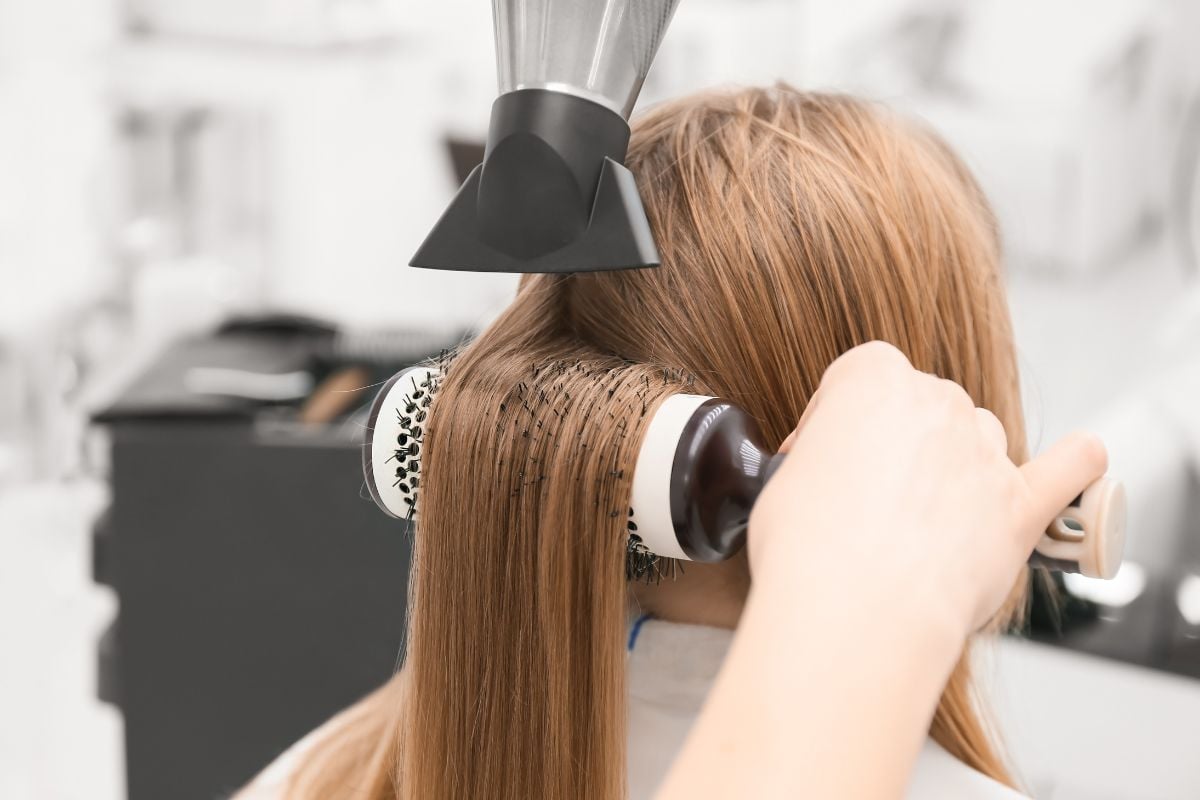
Is There Formaldehyde In Brazilian Blowouts?
Hair straightening and hair smoothing treatments – Brazilian blowouts – have become quite popular recently. The problem is these products may release formaldehyde when heated.
In 2010, the regulators in Canada and Oregon issued warnings about Brazilian Blowouts. They resulted from numerous complaints from hairstylists of nosebleeds, breathing problems, and eye irritation.
The manufacturer of Brazilian Blowout agreed to settle a class action lawsuit for about $4.5 million. Also, they paid $35 per treatment to people who experienced health problems (source). In addition, the company agreed not to market their products as “formaldehyde-free.” So far, the FDA has issued the company two warning letters for marketing formaldehyde-emitting products as formaldehyde-free (source).
Most importantly, if you are thinking about Permanent Hair Straightening: Read This First!
How Can You Best Protect Yourself From Formaldehyde In Products?
When the source of formaldehyde is primarily gas emission, here is what you can do to protect yourself from it.
First, spend as much time outside as you can and ventilate your house. Ventilation decreases indoor air pollution significantly, even in cities with high levels of outdoor air pollution. Also, keep the temperature and humidity levels down in your house and maintain your fireplace in good condition.
Second, buy CARB II compliant wooden furniture and use “exterior-grade” pressed wood products. To clarify, these are lower emitting because they contain phenol resins, not urea resins. In addition, it is best to allow products with this chemical to air out before bringing them into your home. Overall, buy less and get rid of the old stuff.
Third, especially when cooking on a gas stove, be sure to use your hood vent. Plus, get a mobile air purifier that is designed to remove formaldehyde and other volatile organic compounds (VOCs). Specifically, I’m talking about the Austin Air Healthmate Plus air purifier that has 15 lbs of activated carbon to help clear your indoor air of the unwanted gases, including formaldehyde.
However, when the source of formaldehyde is your personal care products that contain formaldehyde-releasing preservatives, the only way to protect yourself is to stop using them. On my website, where I recommend only products free of potentially harmful ingredients, you can learn more about ways and products to use to reduce your exposure to potentially toxic chemicals.
Conclusion About Formaldehyde In Products
You Can Protect Yourself From Formaldehyde In Products Today By Ventilating Your Home, Buying An Air Purifier, And Ditching Personal Care Products That Contain Formaldehyde-Releasers.
To sum up, there is a whole array of household products, including building materials, that may emit formaldehyde, such as:
- pressed wood (hardwood plywood, wall paneling, particleboard, fiberboard)
- furniture made with pressed wood
- urea-formaldehyde foam insulation (UFFI)
- durable press drapes
- paints, varnishes, and floor finishes
- hair smoothing products, such as Brazilian blowouts
- nail polish, and
- personal care products that contain formaldehyde releasing preservatives.
One of the ways to protect yourself from formaldehyde emissions is to use an air purifier to clean your indoor air. In my open-plan kitchen, I use both an Austin Air Healthmate Plus and an Air Doctor purifier.
Also, please know that in my non-toxic products shop, there are no personal care and skincare products with formaldehyde releasing preservatives. So, with me, you can shop safely! Browse the I Read Labels For You blog for more information on other products and ingredients. Additionally, should you need help with healthy living, you are welcome to book a service as well as download any of my e-books.

Download The Free Guide!
5 Powerful Steps To A Non-Toxic Home
Join our informed consumer community and get our free guide the “5 Powerful Steps To A Non-Toxic Home”.

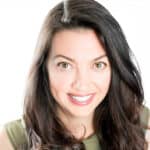 Written by
Written by 

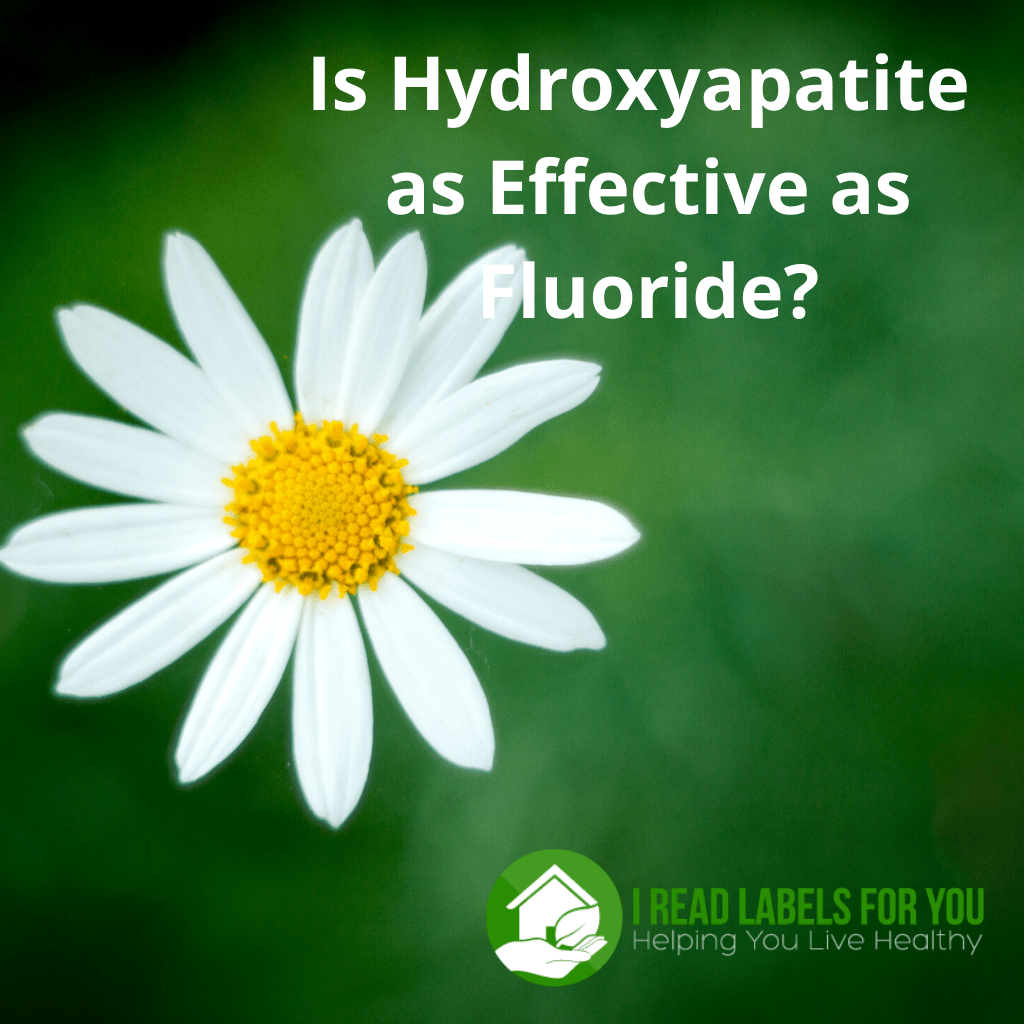
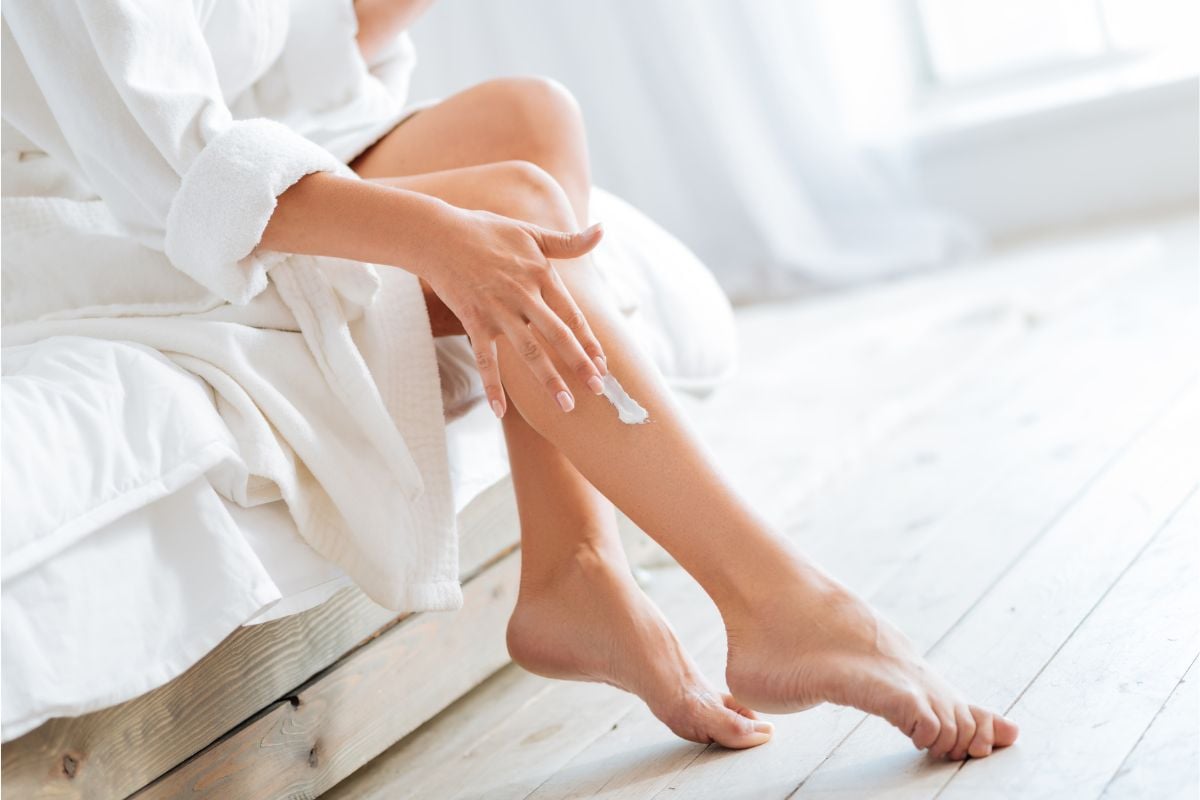
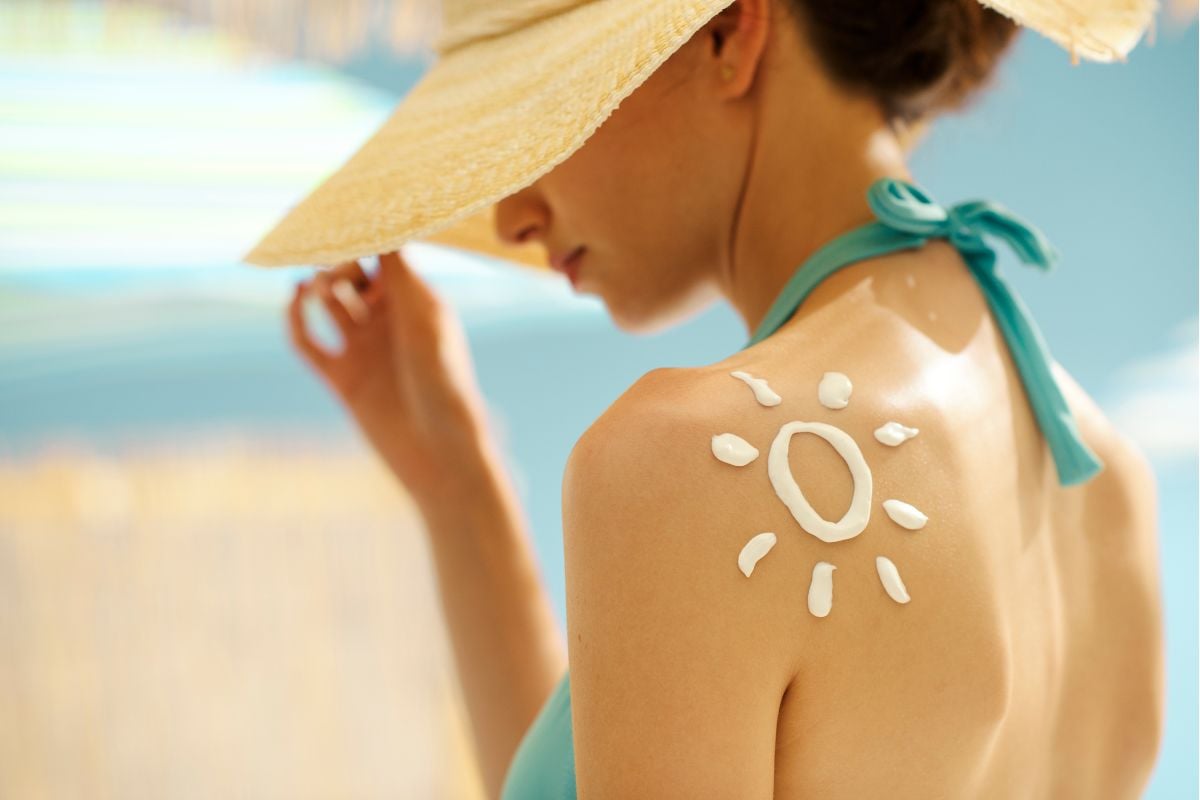
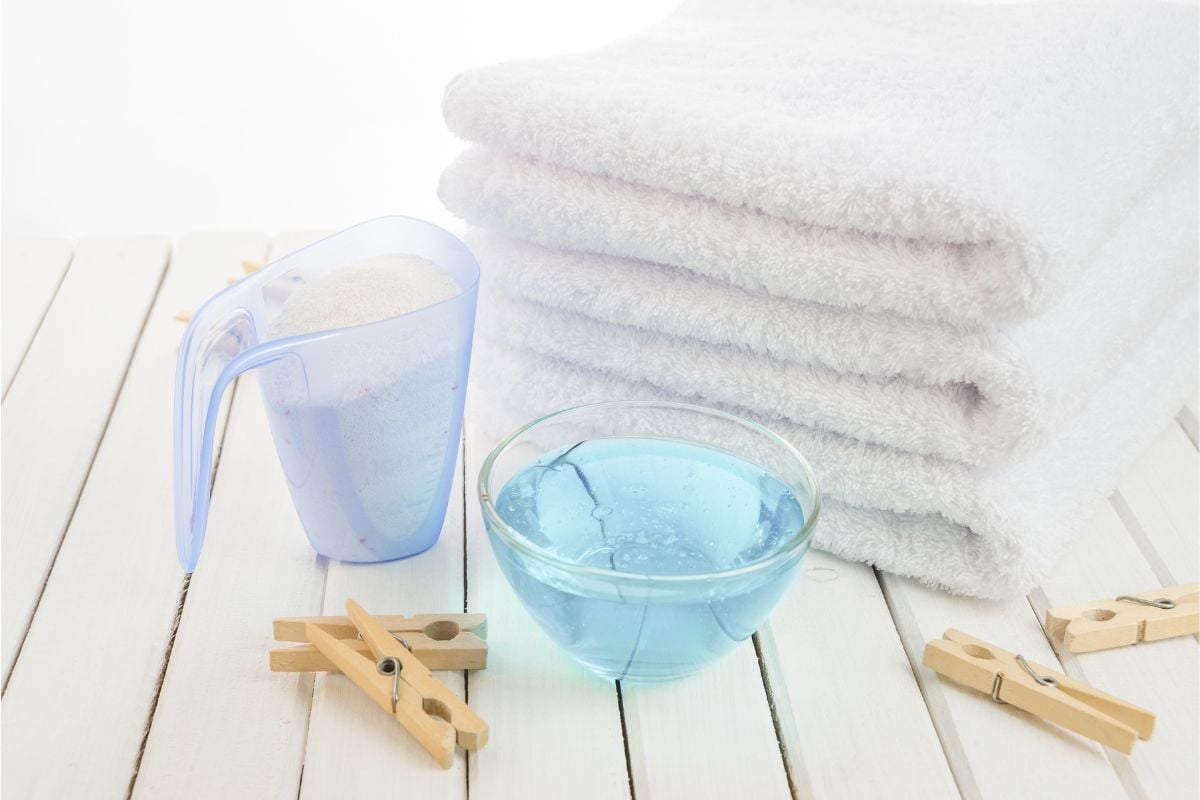
Before commenting, please read our Comment Policy.